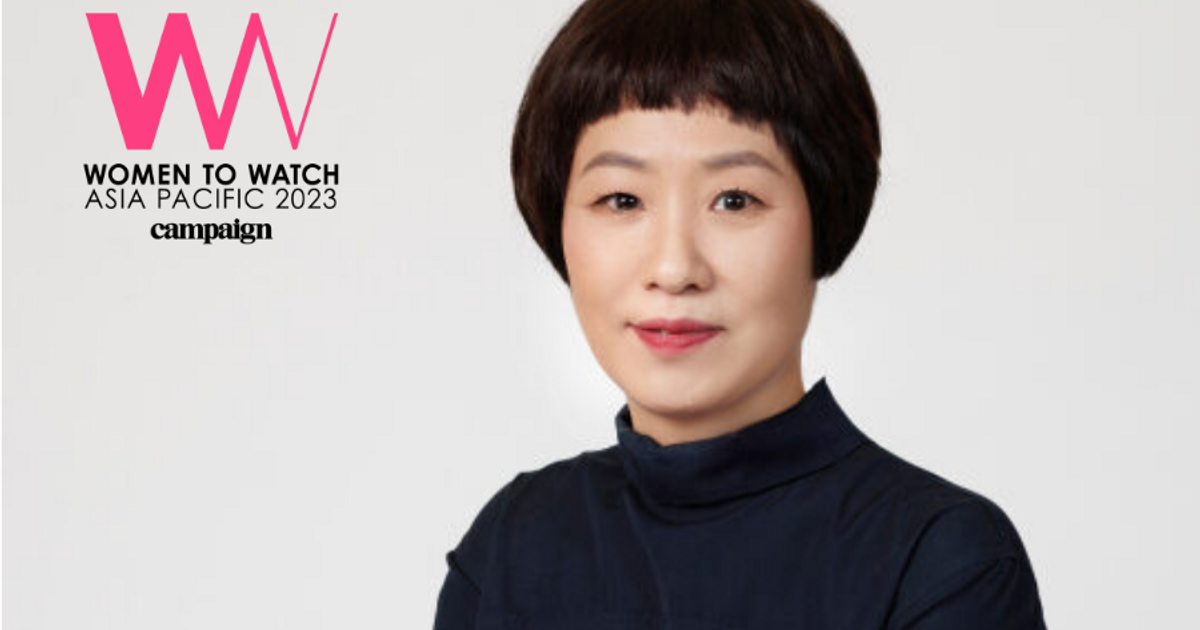AsianScientist (Might. 12, 2023) –While you’re studying this, photoreceptors—specialised light-sensing neurons in your retina—are busy translating mild into electrical and chemical alerts for the mind to assemble the picture you understand. The deterioration of photoreceptors in retinal problems like age-related macular degeneration (AMD) and the uncommon inherited situation, retinitis pigmentosa, is likely one of the major causes of declining imaginative and prescient and eventual blindness worldwide. No present therapy choices can be found but that may assist regenerate these important cells. Though scientists have been making progress towards growing totally different therapeutic strategies for these debilitating situations, limitations of their reproducibility and feasibility have hindered their scientific utility.
Lately, scientists from Singapore and Sweden reported a promising stem cell remedy strategy that would probably restore imaginative and prescient by changing photoreceptors misplaced in sufferers with degenerative retinal problems. The examine was revealed in Molecular Remedy.
Researchers from Duke-NUS Medical Faculty, the Singapore Eye Analysis Institute and the Karolinska Institute in Sweden have joined forces to fulfill this problem. Collectively, they devised a highly-reproducible strategy to rework stem cells into progenitor cells of photoreceptors, which have been discovered to partially restore imaginative and prescient upon transplantation into animal fashions having broken retinas.
The workforce grew human embryonic stem cells within the presence of a particular model or isoform of laminin—a protein that’s usually enriched within the retina. In beneath 32 days, the stem cells differentiated into photoreceptor progenitors and started expressing markers which are attribute of those cells.
“We hypothesize that the recapitulation of the human retina matrix by means of laminin isoforms might assist assist and drive the differentiation of human embryonic stem cells into photoreceptors,” stated Tay Hwee Goon, Assistant Professor from Duke-NUS’ Centre for Imaginative and prescient Analysis and lead creator of the examine, to Asian Scientist Journal.
4 weeks after transplanting these stem cell-derived photoreceptors into the broken retinas of rodents , the cells started to precise markers just like these of mature photoreceptors. Visible behavioral evaluation utilizing the water maze swimming check confirmed a major enchancment in imaginative and prescient. The workforce additionally carried out an electroretinogram to show a major restoration within the broken retinas by measuring electrical exercise within the retina in response to a light-weight stimulus. Furthermore, research carried out over an extended interval of 20 weeks revealed that the transplanted cells fashioned connections with close by host cells and survived successfully for a number of weeks after the transplant.
Along with these promising outcomes, Tay and her workforce selected to deviate from the traditional strategy to cell tradition for enhancing the probability of this remedy being authorised for scientific use. In contrast to frequent cell differentiation media that include bovine or calf serum which might result in variations in several batches, they used a novel development medium constructed from chemically outlined and animal product-free substances.
“The high-quality management of the cell product which ends up from constant cell manufacturing is extremely wanted as a result of that may translate to extra constant check outcomes. Taken collectively, it might positively impression the reviewing means of the regulatory our bodies for scientific approval,” stated Tay.
These findings suggest an thrilling first step towards a probably viable regenerative remedy that may reverse retina harm and deal with declining imaginative and prescient attributable to photoreceptor loss. The protocol of the process developed by Tay and her colleagues at Duke-NUS has been licensed to Alder Therapeutics, a Swedish biotech start-up. Tay shared that Alder Therapeutics will give attention to high quality management within the manufacturing of clinical-grade stem cell-derived photoreceptor progenitors.
“These cells will subsequently be examined for security and efficacy extensively in pre-clinical fashions inside these 5 years earlier than advancing in the direction of human scientific trials. These steps are essential to form and optimize the ultimate cell product for use commercially if the scientific trial is profitable,” stated Tay.
Supply: Duke-NUS Medical Faculty ; Picture: Shutterstock
The article could be discovered at Photoreceptor laminin drives differentiation of human pluripotent stem cells to photoreceptor progenitors that partially restore retina perform.
Disclaimer: This text doesn’t essentially mirror the views of AsianScientist or its employees.







